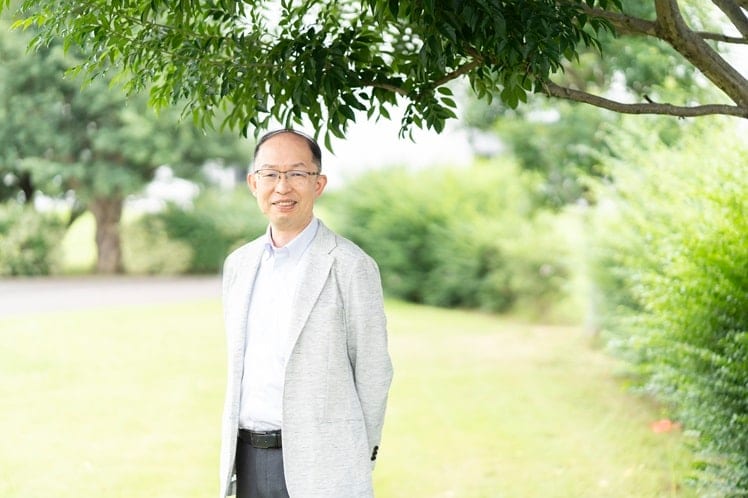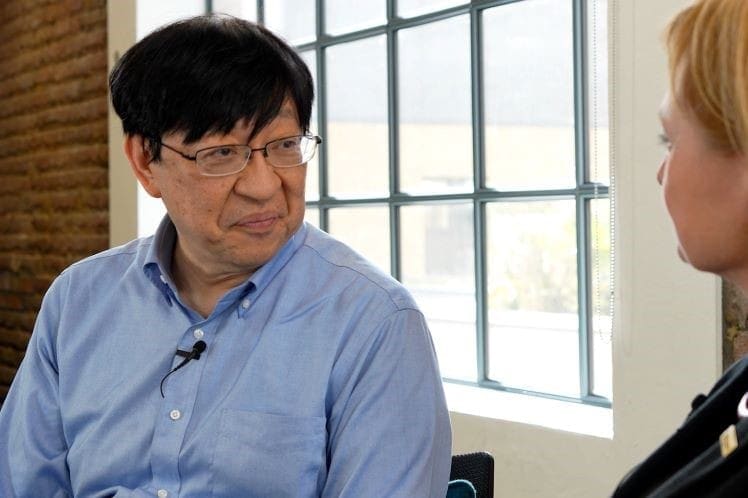Initiatives
Tatsuya Igarashi Appointed as Member of the W3C Advisory Board
Sep 30, 2020
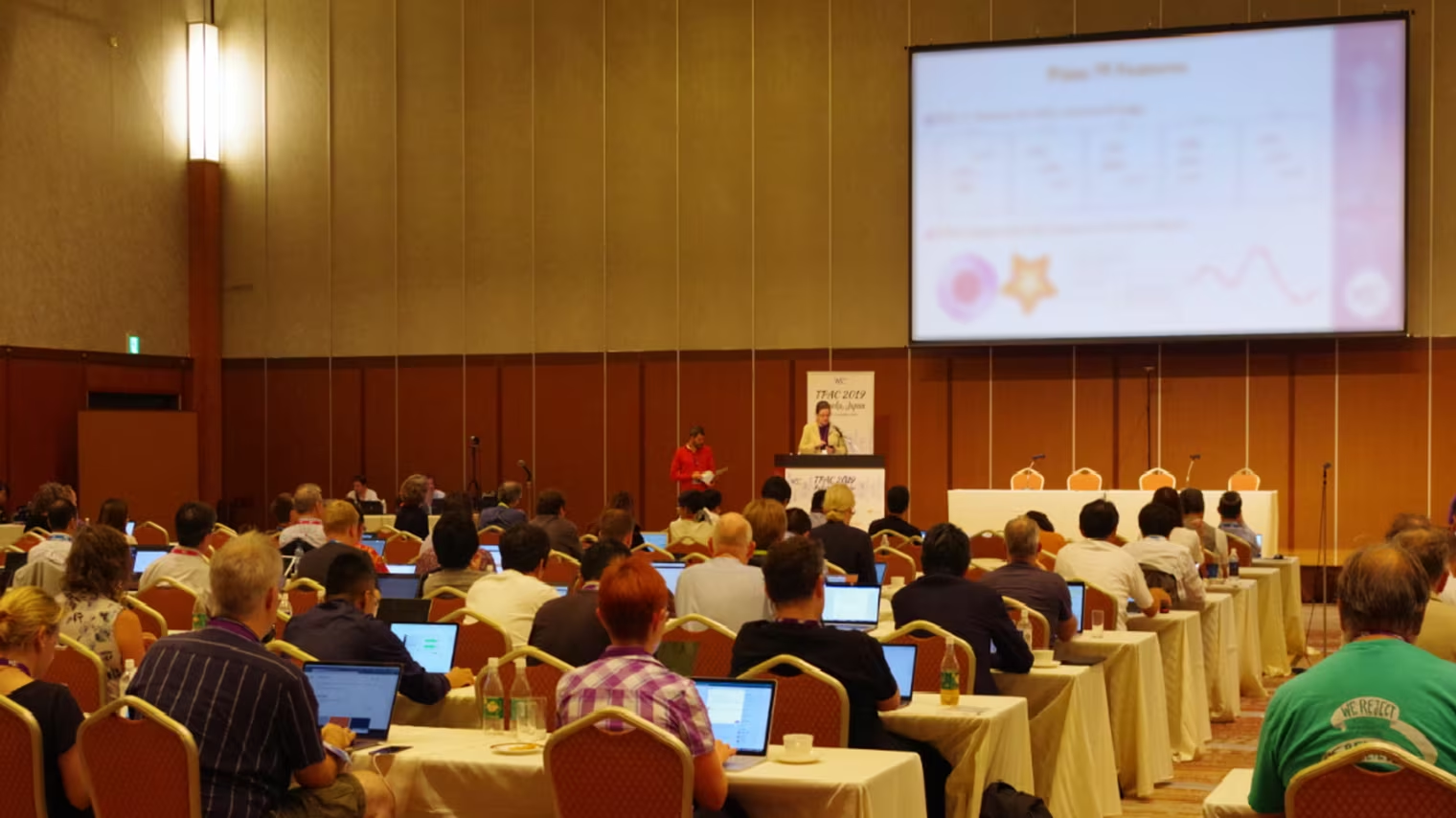
The World Wide Web Consortium (W3C) is an international organization that develops standards for web technologies, such as HTML/CSS, JavaScript APIs, and XML. Sony has participated in the standardization of W3C, and Tatsuya Igarashi, Tokyo Laboratory 22 of Sony R&D Center and concurrent in Standards & Partnership Department, was appointed as a member of the Advisory Board of W3C in July 2020.
In this article, Igarashi introduces Sony's activities at W3C and his vision for future contributions to the consortium.
What is W3C?
Founded on October 1, 1994, W3C is an international organization that standardizes the technologies for the World Wide Web, aiming for smoother development, higher quality, and compatibility.
W3C is jointly administered by the four Host Institutions: MIT Computer Science and Artificial Intelligence Laboratory (MIT CSAIL) in the United States, the European Research Consortium for Informatics and Mathematics (ERCIM) based in France, Beihang University in China, and Keio University in Japan. In addition to these Host Institutions, W3C is comprised of a full staff of the Host Institutions and the W3C member organizations. Currently, as of August 6, 2020, W3C has 426 member organizations, which are companies, universities, and research institutes around the world.
The structure of W3C is as follows: W3C CEO Jeffrey Jaffe; the inventor of the World Wide Web and Director Sir Tim. B. Lee; the Technical Architecture Group (TAG) responsible for building consensus and resolving technical issues related to the web architecture; the Advisory Board (AB), which discusses the W3C strategies, managements, legal matters, and process issues to make operational recommendations; and the chartered groups working on standardization activities. The members of the TAG and AB shall be elected by a vote of all the representatives from the member organizations, and shall serve for a term of 2 years. Each of the TAG and AB consists of approximately 10 members.

How he was elected to be on the Advisory Board
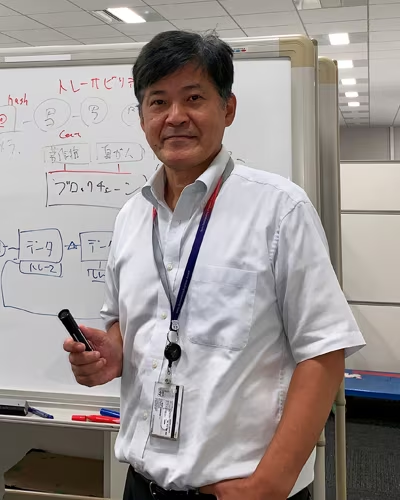
In the W3C, 46 Japanese organizations, mainly major ICT companies, are participating. So far, Takeshi Natsuno (President and CEO of Dwango and the former Senior Vice President of NTT DoCoMo) and Junichi Kishigami (Project Professor at Graduate School of Media and Governance, Keio University, and the former Director of NTT Cyber Solutions Laboratories) were selected as members of the Advisory Board. This time, I ran for the election in May, and I've become one of the five representatives elected on the reelection.
Achievements by Igarashi at W3C
I started participating in W3C standardization activities in 2010. At that time, HTML5 was drawing attention of the world, and discussions were started on the application of HTML5 to interactive broadcasting services such as hybrid casting and the standardization of bandwidth-adaptive streaming for video services. I was involved in the establishment of Web and TV Interest Group. While continuing to work on the standardization of Web media technologies, I have served as a co-chair of the Media and Entertainment Interest Group, which is the successor of the Web and TV Interest Group, since 2017. In addition, I have been supporting the activities of the Sony Group's participants in W3C standardization, while serving as the Sony representative to the W3C for 10 years.
Sony Group organizations participating in W3C
In the past, the R&D Center, which I belong to, participated in the Media and Entertainment Interest Group; Sony Mobile Communications participated in the Device & Sensor Working Group on IoT; and other organizations participated in the Electronic Publishing and Digital Signage Groups. Currently, Sony Interactive Entertainment is participating in the Web Applications Working Group to standardize the GamePad API.
Other standardization activities at W3C
There are many groups in W3C standardizing various web technologies, including HTML implemented in web browsers. For example, there are groups that are working on the common web technologies, such as developing web accessibility guidelines for people with disabilities and security technologies. There are also groups dedicated for specialized technologies, such as immersive Web such as VR and AR, Web of Things for IoT device connectivity, and Web payments for financial payment authentication. Recently, new activities have started to study decentralized identity management using blockchains and machine learning. If there is a technology that uses the Web, people who are interested in it gather and form a community to discuss anything for standardization.
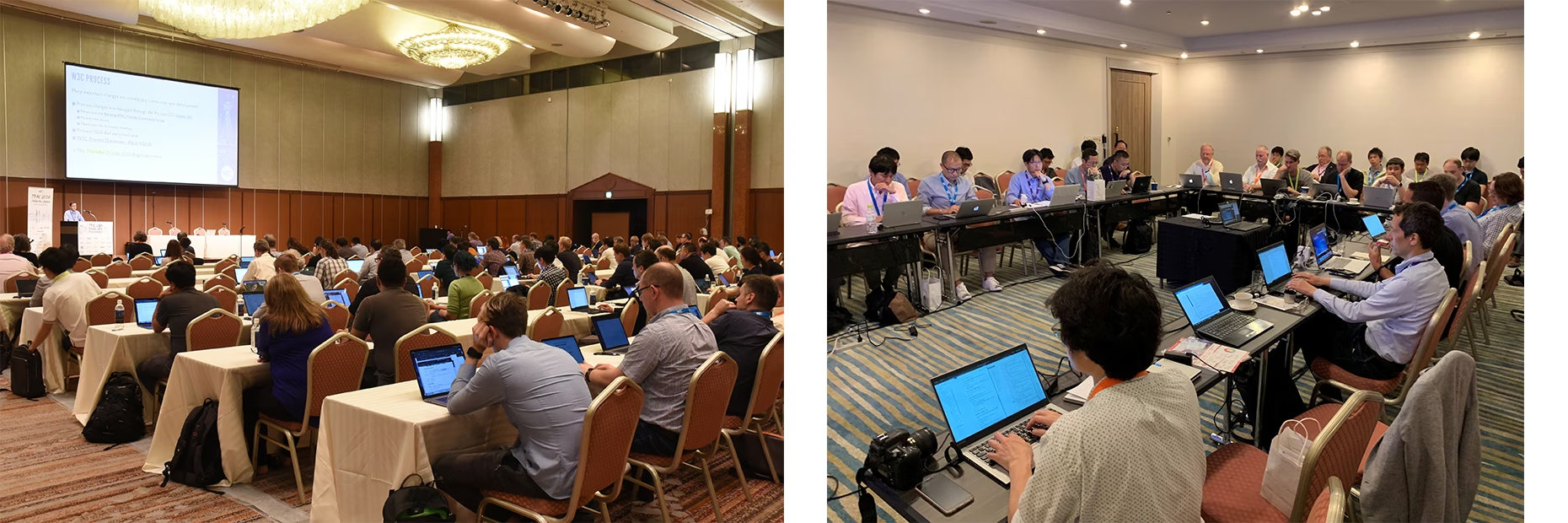
Technical Plenary and Advisory Committee(TPAC) Meetings held in Fukuoka in 2019
Significance of contributing to W3C standardization
The spread of the Internet started around 1995, and since then, the Web has become an indispensable social infrastructure for people's lives as a means of accessing information. Sony uses the Web as a platform for providing information to customers, offering CRM (customer relationship management) back-end services, or distributing content such as music and movies. Sony's participation in W3C is significant in two ways: one is to support standardization at W3C in order to promote technological innovation in the future, and the other is to take advantage of the W3C standardization as an opportunity to involve other companies and seek open innovation for differentiated technologies and business areas where Sony excels. The world's leading IT companies are actively utilizing W3C in the latter approach, and Sony will also emphasize this approach to utilize the W3C standardization as a platform strategy.
Vision as an Advisory Board Member
It has been more than 25 years since W3C was established, and it is improving its management structure to adapt to the times. For example, we have a plan to make W3C a legal entity, independently of the four host institutions, and we are looking to improve the standardization process to accelerate innovation and security measurements through software updates. I would like to proceed with these W3C management improvements in cooperation with other AB members. Personally, I would like to support the activities of Japanese organizations in W3C and other international standardization activities since I am the only Japanese AB member. In particular, I would like to propose measures to enable many young engineers from Japan to participate in W3C standardization activities, like major IT companies in the world.
Message
The spread of smartphones has made it possible to access a variety of services through mobile apps as well as via a web browser. Many mobile apps use web technologies, and I believe that the web is becoming increasingly important as a platform for accessing and sharing information via the Internet. Web technologies are particularly standardized by W3C, which is an open international standardization organization and is a unique place where IT companies around the world gather to participate in technical discussions. I hope that the Sony Group will support Web technology standardization activities at W3C and can leverage them for Sony's open innovation initiatives.
Comments from Toshimoto Mitomo, Executive Vice President and Officer in charge of Standards & Partnership Department
It is a great honor for the Sony Group to have Igarashi recognized both inside and outside the company as an expert in the Web technology, and be able to send him to the Advisory Board of W3C from Sony. In the future, the Sony Group would like to further participate in more W3C standardization activities and contribute to the IT field through Sony's technological capabilities.

